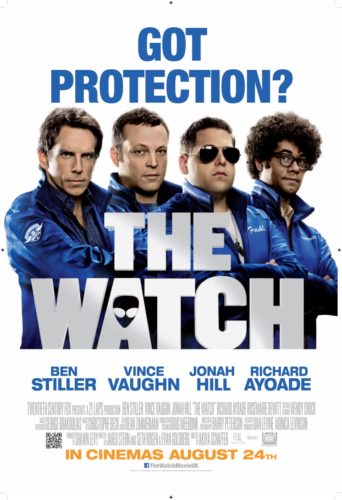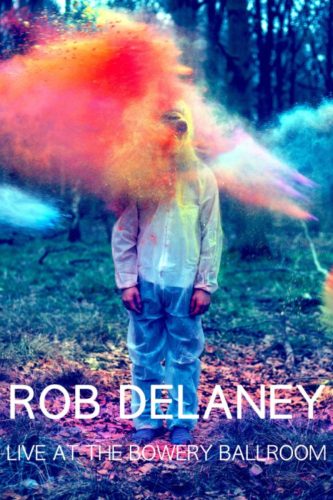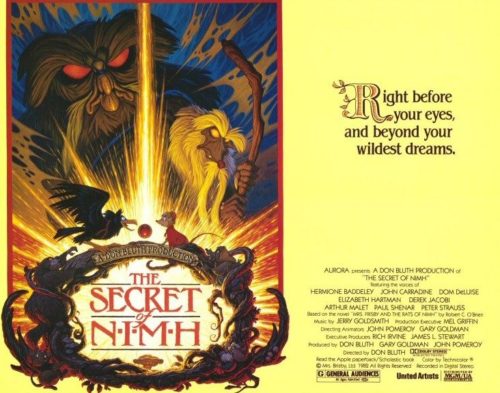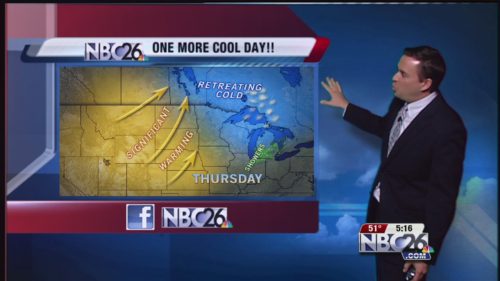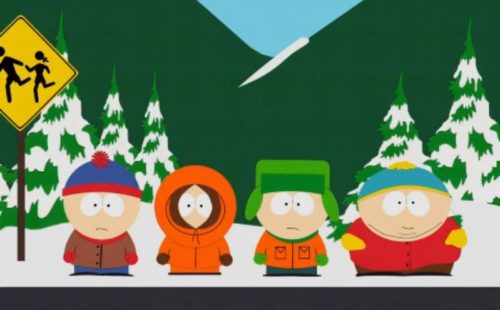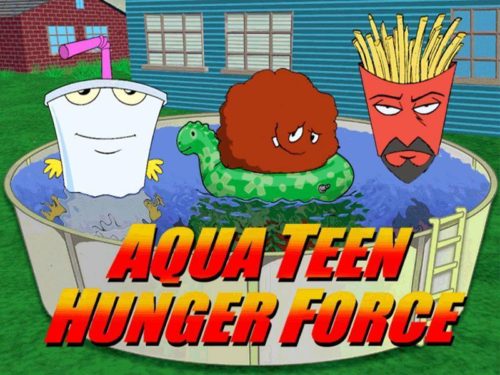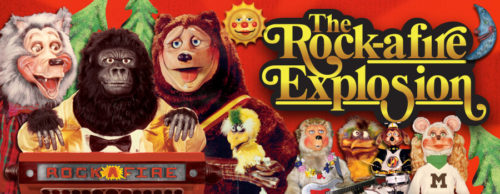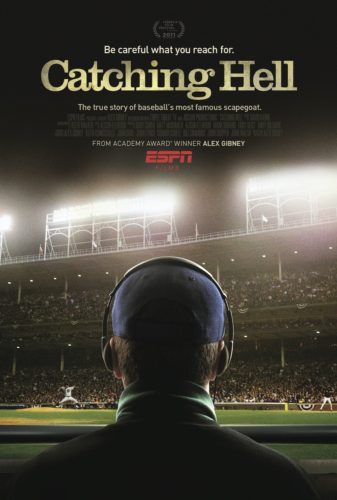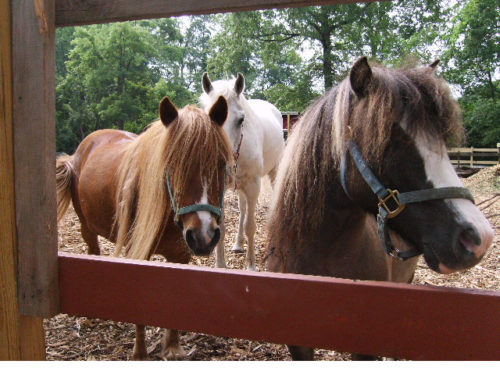
Not Quite Horror contains reviews of films not traditionally considered horror films. By analyzing them as horror films (identifying the monster, discussing the shared worry for the audience and the main characters, and understanding the depth of horror available to the viewer), who knows? There’s more than one way to watch a movie.
The Sandlot (1993)
The Monsters: The Beast: a giant dog lurking just beyond the titular sandlot. Baseballs launched over his fence are lost forever. The children playing at the baseball diamond see him as a giant paw and hear his breathing.
Later, The Beast is revealed to be a normal, loveable dog named Hercules. After sandlot hero Benny (Mike Vitar) outruns the hound and wins back all of their baseballs, the Beast becomes a friend.
The Horror: Not all of the baseballs hoarded by The Beast are created equally. Not fully understanding its value, Smalls (Tom Guiry) takes a baseball autographed by Babe Ruth from his stepfather. When the ball is lost to The Beast, Smalls fears he has ruined his already shaky relationship with his stepfather forever.
The Shared Fate: Though our dreams have seemingly unlimited potential, our bodies, minds, and social standings constantly remind us of our physical limitations.
The boys playing baseball at the Sandlot have limited means to respond to The Beast. They lack the mental and social skills to communicate with The Beast’s owner. In fact, they’ve created a comically illogical mythology surrounding the dog.
Adults watching The Sandlot are transported back to a whimsical time where ballplaying friends could save your soul and every hijink ended with innocent humor. If they’re not careful, the movie can also take them back to being so small and young even a neighborhood dog can become an unstoppable Beast.
— I am indebted to Noel Carroll’s The Philosophy of Horror for his ideas on defining horror, as well as John Skipp and Craig Spector’s article “Death’s Rich Pageantry, or Skipp & Spector’s Handy-Dandy Splatterpunk Guide to the Horrors of Non-horror Film†in Cut! Horror Writers on Horror Film for a similar idea.–
–Axel Kohagen

